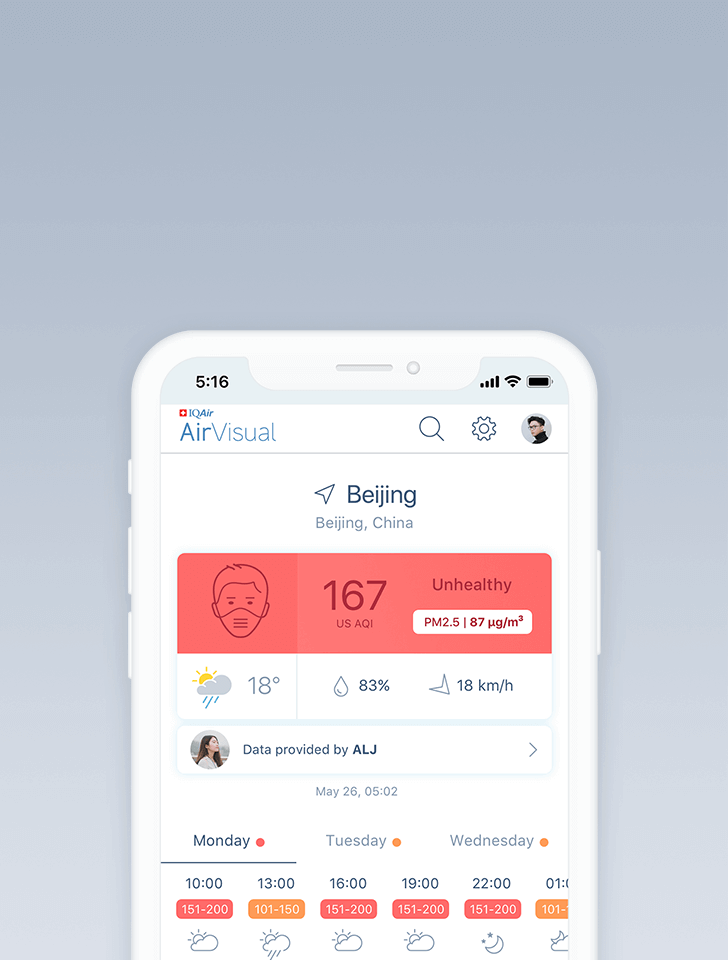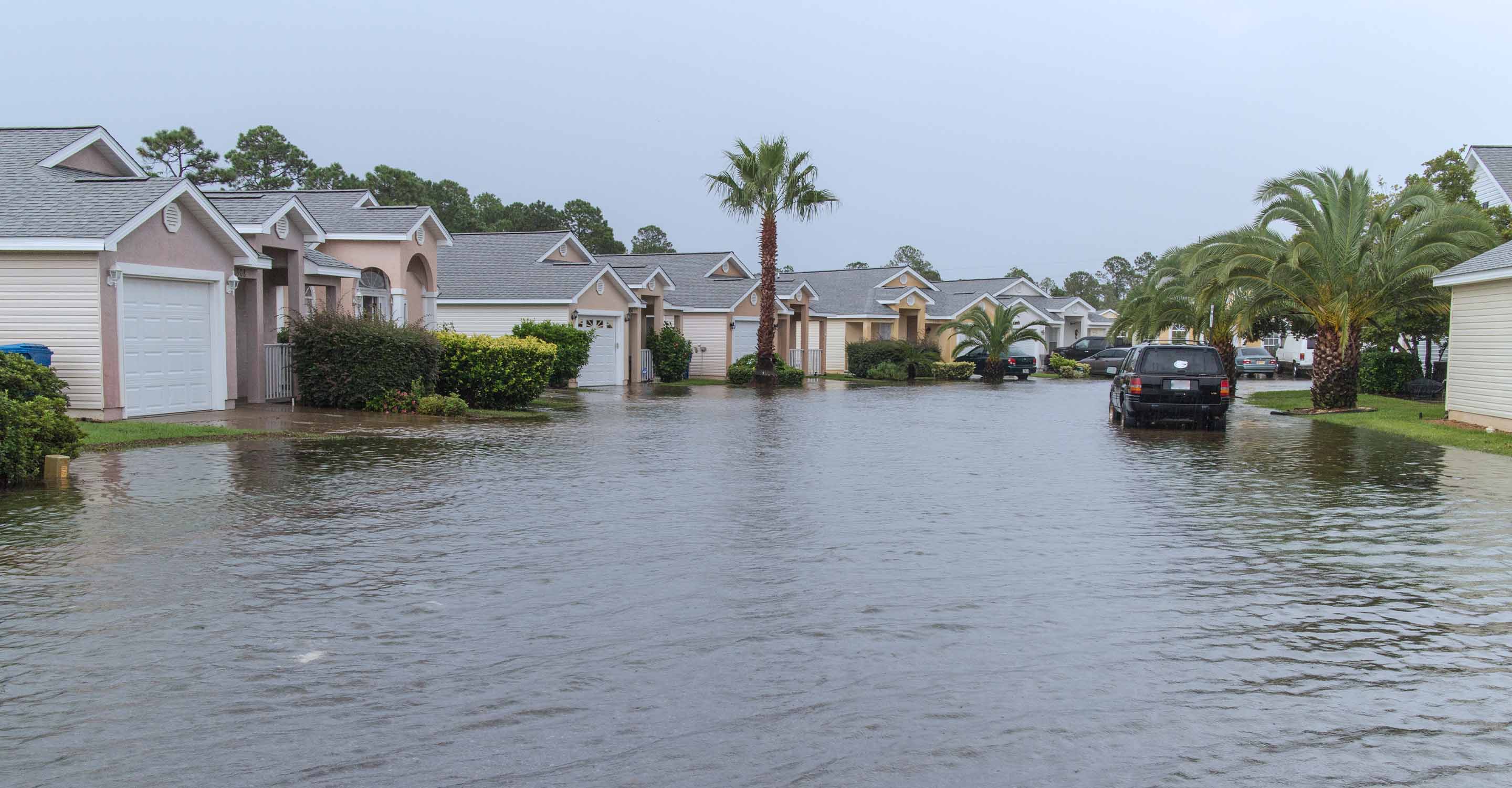Air quality in Xian
Air quality index (AQI) and PM2.5 air pollution in Xian
342.4K people follow this city

Xian Air Quality Map
Real-time Xian air pollution map
Weather
What is the current weather in Xian?
| Weather | Broken clouds |
| Temperature | 75.2°F |
| Humidity | 37% |
| Wind | 1.7 mp/h |
| Pressure | 29.6 Hg |
live aqi city ranking
Real-time China city ranking
| # | city | US AQI |
|---|---|---|
| 1 | Xian, Shaanxi | 428 |
| 2 | Baoji, Shaanxi | 415 |
| 3 | Kashgar, Xinjiang | 322 |
| 4 | Guyuan, Ningxia | 310 |
| 5 | Alxa League, Inner Mongolia | 279 |
| 6 | Wuzhong, Ningxia | 279 |
| 7 | Weinan, Shaanxi | 269 |
| 8 | Shizuishan, Ningxia | 198 |
| 9 | Xianyang, Shaanxi | 195 |
| 10 | Jilin, Jilin | 183 |
(local time)
SEE WORLD AQI RANKING3D animated air pollution map

live Xian aqi ranking
Real-time Xian air quality ranking
| # | station | US AQI |
|---|---|---|
| 1 | Yanta | 569 |
| 2 | Baqiao | 488 |
| 3 | Yunyang Xian | 483 |
| 4 | City People's Stadium | 470 |
| 5 | Beilin | 434 |
| 6 | Xiaozhai | 428 |
| 7 | Guangyuntan | 424 |
| 8 | Weiyang | 364 |
| 9 | Gaoyakaiguan factory | 267 |
(local time)
SEE WORLD AQI RANKINGUS AQI
428
live AQI index
Hazardous
Overview
What is the current air quality in Xian?
| Air pollution level | Air quality index | Main pollutant |
|---|---|---|
| Hazardous | 428 US AQI | PM10 |
| Pollutants | Concentration | |
|---|---|---|
| PM2.5 | 132.5µg/m³ | |
| PM10 | 532µg/m³ | |
| O3 | 116µg/m³ | |
| NO2 | 11µg/m³ | |
| SO2 | 4µg/m³ | |
| CO | 300µg/m³ | |
PM2.5
x26.5
PM2.5 concentration in Xian is currently 26.5 times the WHO annual air quality guideline value
Health Recommendations
What is the current air quality in Xian?
| Avoid outdoor exercise | |
| Close your windows to avoid dirty outdoor air GET A MONITOR | |
| Wear a mask outdoors GET A MASK | |
| Run an air purifier GET AN AIR PURIFIER |
Forecast
Xian air quality index (AQI) forecast
| Day | Pollution level | Weather | Temperature | Wind |
|---|---|---|---|---|
| Tuesday, Apr 16 | Moderate 88 AQI US | 73.4° 59° | ||
| Wednesday, Apr 17 | Moderate 98 AQI US | 78.8° 60.8° | ||
| Thursday, Apr 18 | Moderate 85 AQI US | 86° 60.8° | ||
| Today | Hazardous 428 AQI US | 77° 59° | ||
| Saturday, Apr 20 | Moderate 93 AQI US | 77° 57.2° | ||
| Sunday, Apr 21 | Unhealthy for sensitive groups 103 AQI US | 80.6° 57.2° | ||
| Monday, Apr 22 | Moderate 95 AQI US | 82.4° 62.6° | ||
| Tuesday, Apr 23 | Unhealthy for sensitive groups 119 AQI US | 77° 60.8° | ||
| Wednesday, Apr 24 | Moderate 81 AQI US | 82.4° 59° | ||
| Thursday, Apr 25 | Moderate 78 AQI US | 89.6° 62.6° |
Interested in hourly forecast? Get the app
AIR QUALITY ANALYSIS AND STATISTICS FOR Xian
What is the air quality index of Xian?
Xian or Xi'an as it is often written, is the capital of Shaanxi Province and is located in Northwest China and is one of the oldest cities in China. It is the starting point of the Silk Road and home to the Terracotta Warriors of Emperor Qin Shi Huang. The metropolitan area had an estimated population of almost 13 million in 2018.
In 2019 the overall air quality in Xian was “Unhealthy” with an average US AQI number of 56.6. This is according to the recommendations from the World Health Organisation (WHO). The worst period of the year seems to be during the cold winter months of November, December, January and February. From June until September the quality was classified as “Moderate” with recorded figures between 12.1 and 35.4 µg/m³. For the remaining months, the quality was “Unhealthy for sensitive groups” with figures between 35.5 and 55.4 µg/m³.
However, it is improving when compared to previous years. In 2017 the level stood at 70.2, 2018 saw lower a lower figure of 59.9 µg/m³ and 2019 saw a further reduction to 56.6 µg/m³.
What is the main source of Xian’s polluted air?
There are three main sources of pollution in Xian, very much the same as in any other industrialised city anywhere in the world.
In recent years, Xian has been a key national development city. The speed of urban development has accelerated. The dust and waste caused by the demolition of buildings, road construction, engineering construction, and subway construction have all added to the existing haze. With the continuous growth of Xian’s population, energy consumption is increasing pro rata, and the consumption of electricity and natural gas in winter has increased. Xian’s electricity source is mainly from thermal power stations, and these are older power stations without the latest technology now used to clean the emissions. Thermal power plants around Xian produce huge emissions in winter, and although it has been treated, the pollution is still considerable.
With the development of the economy and the improvement of people's living standards, the number of motor vehicles in Xian has increased by more than 10 times within ten years, and the utilisation rate has also increased, resulting in more and more traffic congestion in the city. The accumulation of high concentrations of car exhaust pollutants and the lengthening of the time that drivers and passengers stay in the car have both increased dramatically. Therefore, the impact of the micro-environmental quality of in-vehicle traffic on people's health has attracted more and more attention.
Does air pollution in Xian differ throughout the year?
In autumn and winter, the atmosphere is relatively stable, the wind is light, and pollutants are difficult to spread. In winter, due to the obvious cooling of radiation at night on the ground, an "inversion layer" is formed at low altitudes. When this occurs, the horizontal and vertical exchange and circulation capacity of the air becomes weak, and the pollutants emitted in the air are restricted to the shallow atmosphere and gradually accumulate into the haze, causing air pollution.
It is intended to tackle air pollution control in the autumn and winter of 2020-2021, Xian will aim to improve air quality, focus on particulate matter (PM2.5 and PM10) control, coal burning, dust, vehicle emissions. Accurate pollution control, scientific pollution control, and pollution control in accordance with the law, and promote the comprehensive control of air pollution in autumn and winter. Among them, in addition to strictly implementing differentiated emission reduction measures and regional emergency linkage measures, promoting the replacement of clean heating and loose coal, strengthening the management and control of biomass burning bans, continuously strengthening the control of dust, carrying out comprehensive renovation of boilers and kilns, advancing the transportation of “road to the railway” and strengthening monitoring capacity, new measures will be implemented to limit the number of motor vehicles, and the “double-end digit” limit will be implemented on working days throughout the year from 7:00 to 20:00.
What can be done to improve the air quality in Xian?
On 19th November 2020, the local government held a press conference on the progress of air pollution prevention and control and winter prevention work. It was stated that as of 18th November, there were 229 days with recorded ambient air quality in Xian, of which 50 days were excellent and 179 days were good. This showed an increase of 23 days over the previous year. The comprehensive air quality index was 5.10 which is a year-on-year decrease of 7.8 per cent.
The six indicators of air pollution prevention and control in Xian were "five reductions and one static": fine particulate matter PM2.5 was 48 µg/m³, a year-on-year decrease of 7.7 per cent; Respirable particulate matter PM10 was 85 µg/m³, a decrease of 6.6 per cent; nitrogen dioxide (NO2) was 40 µg/m³, a decrease of 13.0 per cent; ground-level ozone (O3) concentration was 161 µg/m³, a decrease of 4.7 per cent; carbon monoxide (CO) was 1.5 µg/m³, down 6.2 per cent and sulphur dioxide (SO2) which was 8 µg/m³ and the only figure to not show a decrease but remained static. As of 18th November, Xian’s ambient air quality ranked 20th from the bottom when compared to 168 key cities across the country.
What are the health risks associated with Xian’s poor quality air?
Breathing polluted air not only causes discomfort in the throat but also can cause serious diseases, because greenhouse gases and air particles can damage the human lungs and cause diseases such as asthma. In addition, air pollution can cause damage to various organs of the human body. Outdoor air pollution is one of the most serious killers in the world, and it will shorten the life span of people. It is estimated that air pollution causes about 7 million premature deaths, annually.
According to statistics, most deaths related to air pollution occur in developing countries where law enforcement is weak, vehicle emission standards are not very strict, and coal power stations are more common. In large cities in developing countries, the poorest people live in informal settlements, usually next to garbage dumps. It is this group of people who suffer the most from air pollution.
The United Nations Environment Program calls on the world to follow the 4R principles to solve this "silent killer": waste reduction (reduce), reuse (reuse), regeneration recycling (recycle), energy recovery (recover); less burning, less Waste, walk more, drive less; use clean technology.





